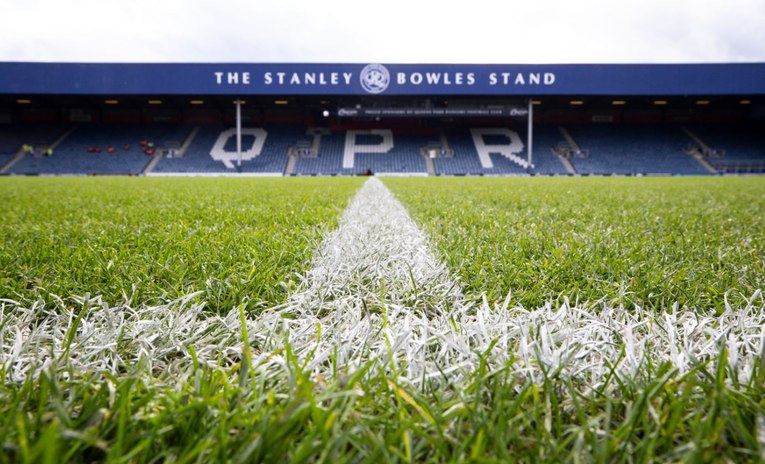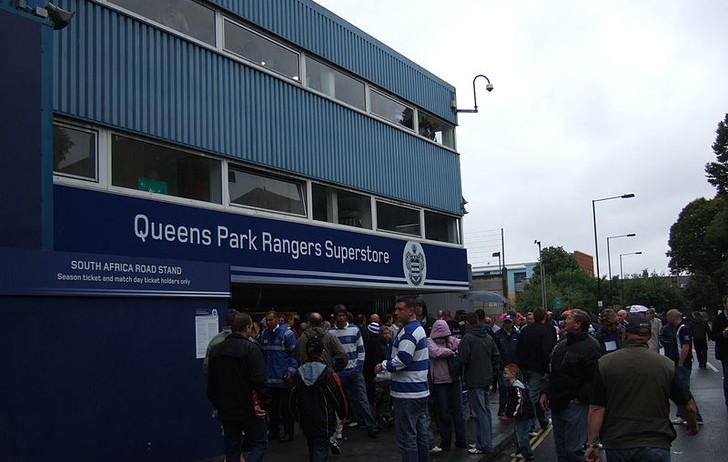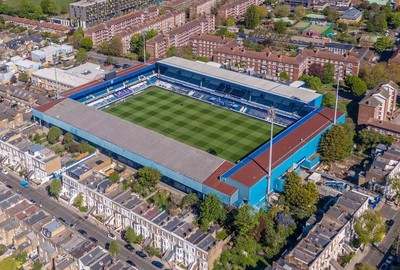
Arguably one of the oldest and most iconic inner-city London clubs, QPR has had a particularly interesting history, ever since its foundation, following a merger between two other clubs – Christchurch Rangers (1882) and St Jude’s Institute (1884).
Ever since 1917, the club has played at its home of over 100 years, Loftus Road (or, officially, MATRADE Loftus Road, for sponsorship reasons) – one of the last remaining ‘old school’ ex-Premier League grounds in the capital, however, in recent years, the club has actively been exploring the possibility of relocating.
Currently residing in West London – Shepherd’s Bush, to be precise in the borough of Hammersmith and Fulham, QPR’s ground, Loftus Road has a capacity of 18,439 – when it is full, it is known for its atmosphere, in such a compact space.
What Are The Details Behind A Proposed Move?

For the last five years, the club has been looking but not finding an area to house a new stadium, in a scheme, known internally as ‘Project Big Ben’. The ultimate goal of this, is to try and find a place that can house a multi-purpose venue that the club can base itself from – ideally not too far away from its current location. Perhaps even near a bookmakers, so fans can bet on football before the game, while it may also want to be based close to a QPR pub.
Our official Twitter feed has moved! For the latest news, match coverage and behind-the-scenes content, follow @QPRFC pic.twitter.com/yGPc7abtVI
— QPR FC (@OfficialQPR) June 16, 2014
One of the ideas that was floated was to redevelop the nearby Linford Christie Stadium, however, these plans were scrapped in 2019 due to logistical and development concerns. It is now understood that any site that can be found within a two mile radius, for the right price would come under serious consideration. The idea is to look both north and west of the club’s current location. Parking will also, likely be high on the agenda, with it currently hard to find a lot of space to park cars.
Seemingly, one stumbling block here is local government and being able to navigate the possibly stormy waters of the requirements that are understood to be of vital importance from Hammersmith & Fulham Council, who, despite being supportive of the project are keen to make sure that no shortcuts are taken.
When it comes to obtaining planning permission for any designs that the club has on redeveloping any site that it finds, this could well be a lengthy process, in addition to having submissions approved.
The goal is to increase the stadium’s current capacity but to also be diverse in terms of what it can offer, as a means of increasing the club’s earning potential, which could transpire in the form of concerts and other activities. Meanwhile, any possible financial support, rather than being approved a grant from the local authority, the last resort would have to come in the form of a fan-ownership model.
Of course, the club is exploring other options when it comes to sourcing investment for any kind of development that it is able to put forward, however, so far, there has not been a lot of progress. With things going from bad to worse for the club on the pitch, they will be glad of some good news about their new home soon.
What Are The Club’s Investment Options?
 When it comes to getting possible investment for a new stadium the club does have a few possible options open to it.
When it comes to getting possible investment for a new stadium the club does have a few possible options open to it.
Firstly, real estate developers often show interest in being involved in such projects and do present an option. When it comes to finding land in such a confined area, these could be great contacts to have, in addition to making sure the job gets done.
Another obvious option is a private equity fund, who often make a habit of investing in football clubs – especially if they can see a good return on investment. Funds such as Silverlake and Red Bird Capital have previously invested in football clubs and could well be sold on the idea of QPR.
Arab investment is also another possibility with a number of Arab states having invested in football clubs over the years – in some cases, even completely turning around their fortunes. With QPR being in London and close to Heathrow Airport, the opportunity could be too good to turn down for a presence in the English capital.
Then there is fan ownership, as touched on. Crowdfunding sites for football clubs have become popular over the years and it could be a good way to raise the required cash – especially given the club’s strong links with the local community.
Whatever happens, it will certainly be an interesting couple of years, to see what can be achieved, especially if it means that the curtain finally comes down on one of English football’s oldest venues.
